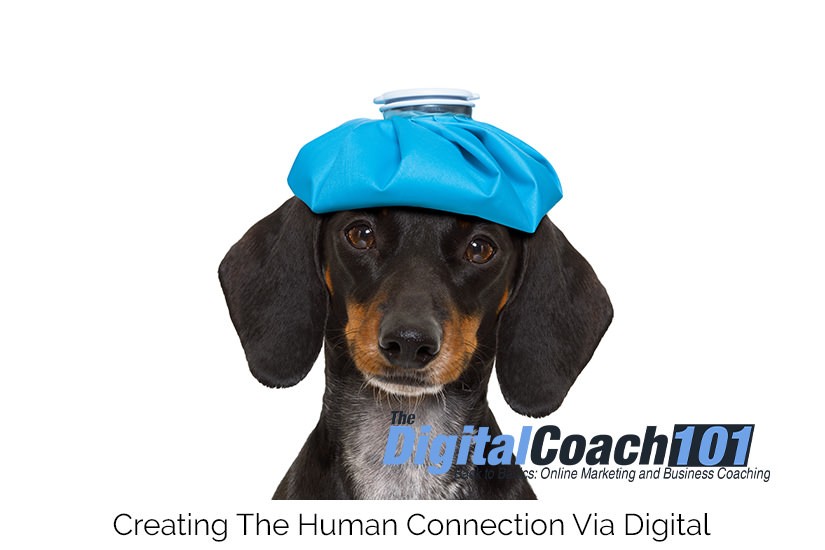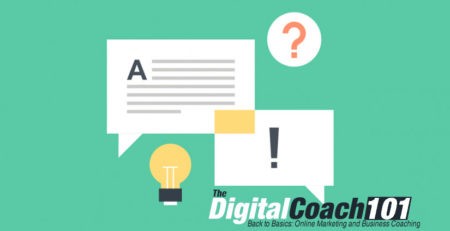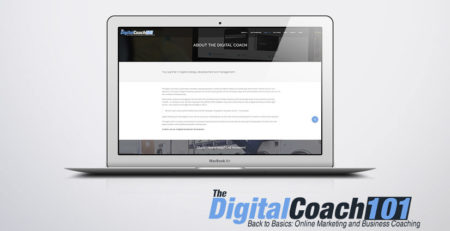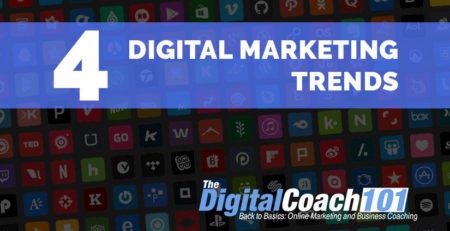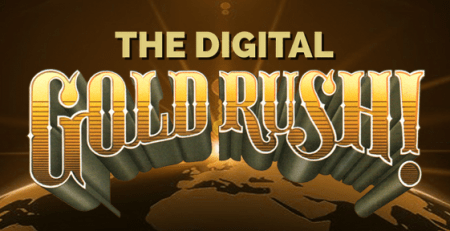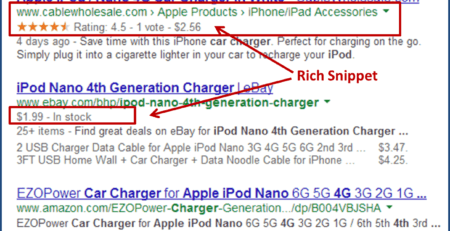One Shot – One Kill. How to Find The Customer Pain Point And Close The Sale
Of course, we don’t mean literal pain. This is a generic analogy for “solutions to customer needs,” but you get the point. If your customer is in pain – in other words, if they have a need, or a problem that needs solving – they want a product or service that kills the pain or solves the problem. How do they find this product or service? They do an online search. And thankfully, because you took some awesome digital marketing advice and did exhaustive research into consumer intent and how that influences the keywords they use in their searches, your product or service pops up at the top of the search. Can we all please say, “Ka-Ching?!”
What Is Consumer Intent?
Correctly identifying consumer intent is critical to identifying and solving their pain point. Once you’ve done that, you can create irresistible content that cuts through all the other marketing clutter to hone in directly on meeting their need. After all, if a person wants to spend money, it’s because something in their life isn’t right. Whether they’ve run out of bread and milk, or run out of patience with their current insurer, ISP or garden service, their intent is to fix the problem. Your job is to make them crave what you’re selling.
Aligning your content with the different stages of need in the consumer’s journey is a fundamental aspect of any successful digital marketing strategy. Each stage corresponds to a different kind of intent. Essentially, there are three main types of consumer intent: educational/informational, navigational/research, and transactional/buying.
Educational/Informational Intent
Searches for information account for 80% of all search engine queries. This is the stage in which the consumer’s intent is to find solutions to their particular pain point. Searches typically include question phrases, such as “ways to”, “how to” and “what is,” among others.
Navigational/Research Intent
These queries typically contain the name of a company or organisation, or of and individual person. True navigational queries have very clear user intent – the intent of person searching is to find an exact site – and if that’s not you, you’re not relevant to their needs.
Transactional/Buying Intent
Consumers making transactional searches are intending to buy something. They’re at the pointy end of the conversion funnel, and may even already have their credit card out. Transactional search queries could include specific brand names, such as “iPod” or “Nespresso machine,” or they could be more generic – “Mp3 player” or “coffee maker.” They frequently include words such as “buy” or “order.”
Solve The Pain Point, Close The Sale
It’s important to “catch” customers right at the start of their search journey – at the “informational intent” stage – and stay with them right through the process. But how do we know what they’re searching for? And how can we make sure they find us when they’re looking for pain point solutions?
One word: keywords.
Keyword research is the magic, well, key that unlocks our customers’ brains. It lets us see inside their minds so we not only know what they’re searching for online, but also how often they’re searching for it. And once we know what they’re looking for, we know what problems they have. And if we know what problems they have, we know how to market our products and services to solve those problems. In other words, we’ve discovered their pain point – and knowing the pain point closes the sale.
Back in the day, we simply called it, “giving people what they want.” Nowadays, we’ve dressed it up in expensive clothes and sent it off to finishing school, but it’s still the same underneath.
And the bottom line remains unchanged: If you give people what they want, they will love you forever and be loyal customers.
The Importance Of Keyword Research
The greater your understanding is of your audience, the better chance you have of appearing at each stage of the buying cycle for your particular product or service. When doing keyword research to help define your content strategy, it’s important to look for deep intent keywords. What do I mean by that? You need to use keywords that buyers use when searching. And think hard about what the intent is of those keywords before you create content targeting them.
How do you convert keywords and user intent into marketable content? Focus on searchers at the beginning of their search cycle. Understand their problem and offer ways to fix it. Look at awareness and consideration keyword phrases, such as “help with,” “best way to” and “problems with.” These all make excellent topics for content marketing efforts that also meet SEO objectives.
How To
So this is all well and good, but what can you do, practically, to set this in motion?
Educate/Inform
As mentioned, education tools are Blogs, Infographics, Videos, or Guides. This arms the customer with the knowledge that he has been looking for, and positions you as the authority in this space.
Your educational pieces need to be titled to align with the intent of the customer at this point.
For example, if you were looking to grow your business you would possibly search for “how to grow my business faster”, “who can help me grow my business online”, “what do I need to grow my business”. (These are actual search terms from the popular site answerthepublic.com. Take a look.)
If you were a digital marketing company, then you would write a fantastic blog entitled, “3 Easy Ways to Grow Your Business Online”, and you would actively promote that content.
Research/Navigate
Once the customer knows more or less what he wants, he will no doubt do some homework. These most often take the form of Forums, Case Studies, Testimonials, eBooks – or compelling landing pages which link to these resources on your site.
At this point, you will clearly show your customer what they will get if they partner with you. So a case study entitled, “How the right digital marketing increased ABC Company’s ROI by 400%” is likely to catch their eye and show that you know what you’re talking about.
Search terms at this point are likely to be product/service specific or brand terms, such as “digital marketing success”, “Digital Coach customers”, “best marketing companies”.
Transactional/Buying
These are the best searches as they clearly indicate the intent to buy. They will take the form of specific, often long-tail keywords such as “digital marketing company Johannesburg”, “digital coach contact number”, or “find marketing company near me”.
In this case, your contact pages and social media pages need to be up to date and accurate, and you need someone standing by to receive the call or email.
Ideally, you will have captured an email address in one of the preceding stages and this allows you to send a targeted email to the customer encouraging them to interact with you, and reminding them who you are.
The truth is, there is an overwhelming number of services – both free and paid – that let you search for what other people are searching for online, and dozens of ways to interact with them.
If you need a map to navigate your way through it all, or if you need some friendly advice, chat to Digital Coach. We specialise in pain – but not in a kinky way. We can help you find your customers’ pain points, and target your digital marketing efforts accordingly.
Coffee’s on, see you soon.

